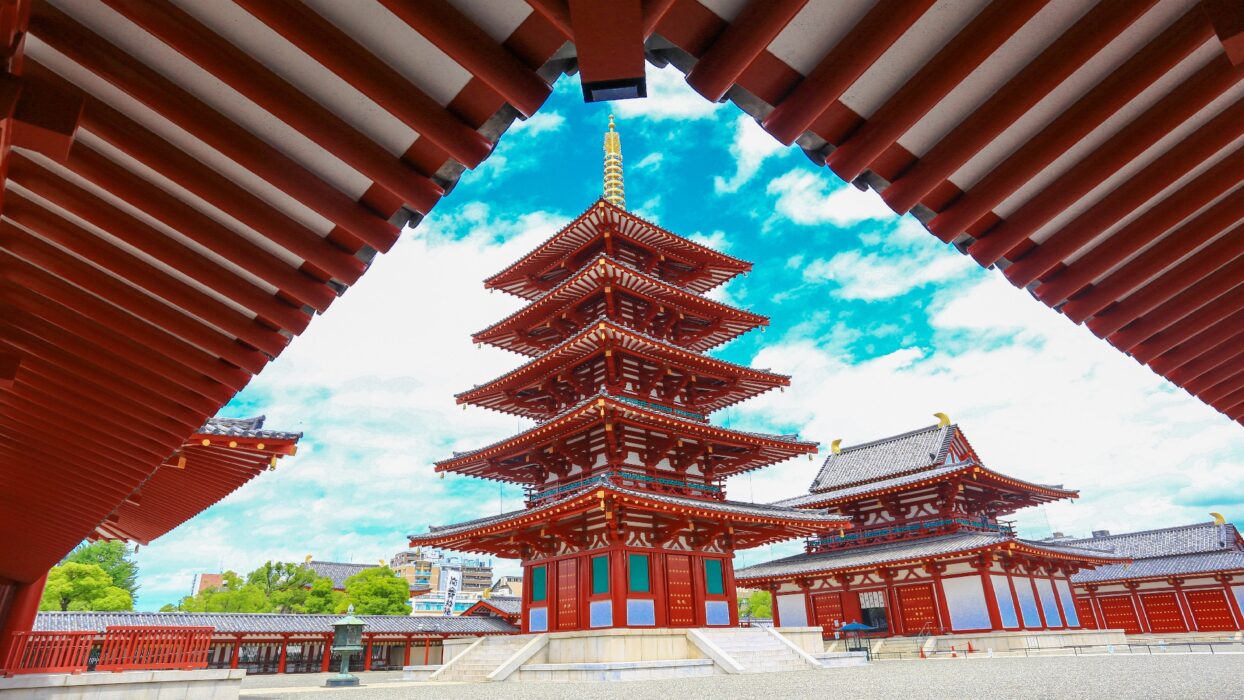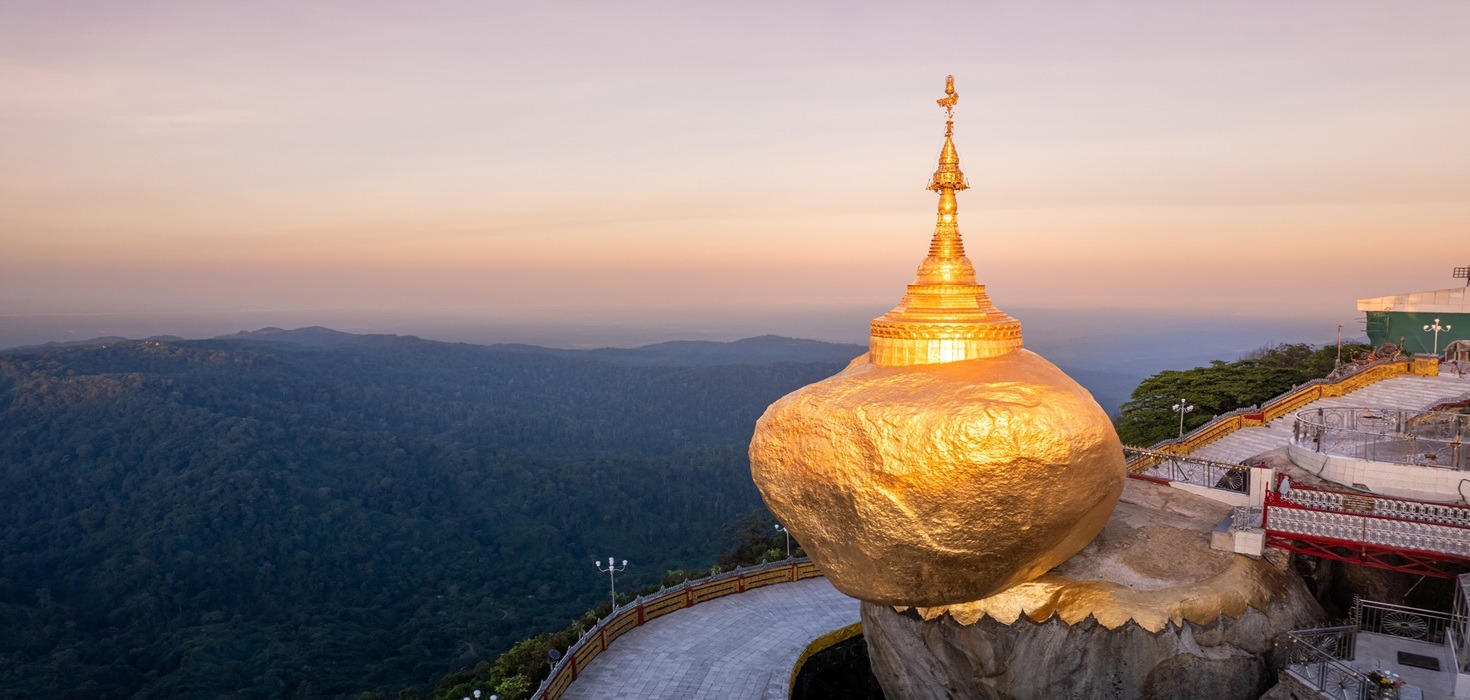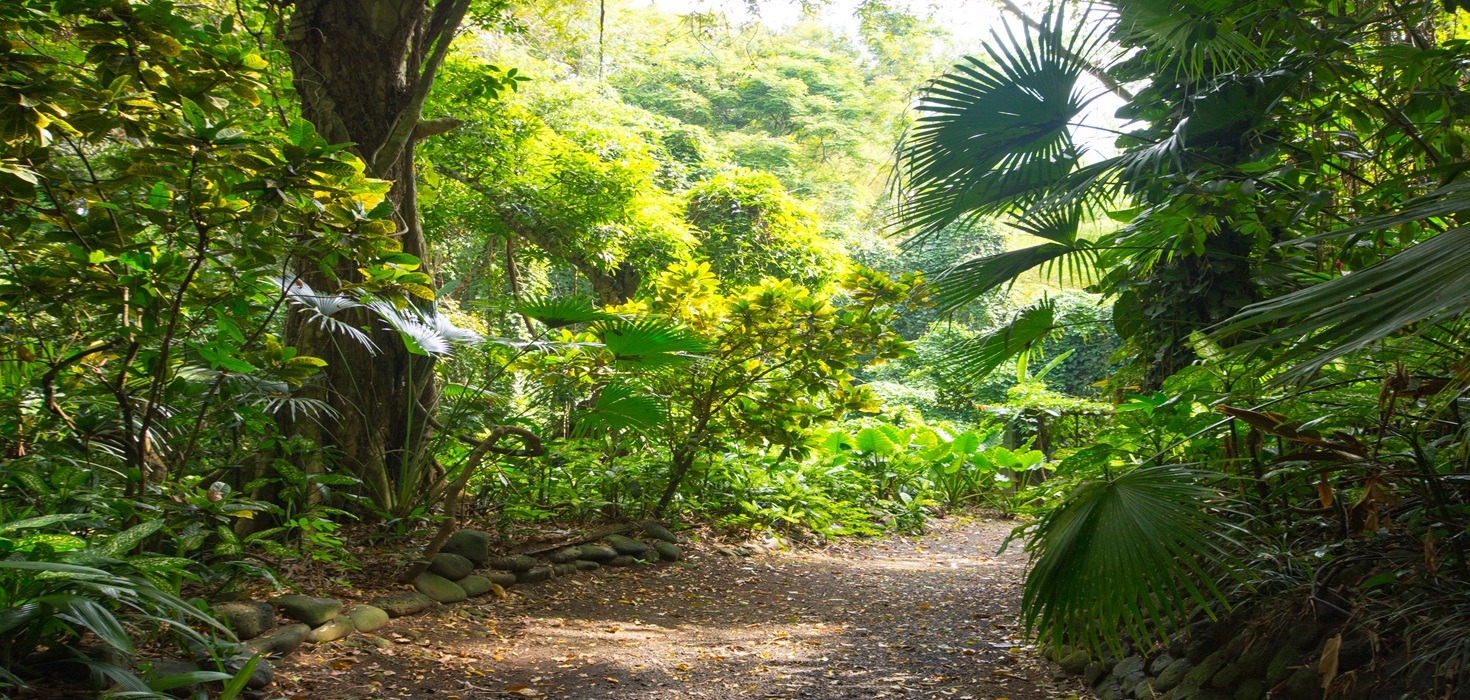Welcome to Fushimi Inari Shrine: Kyoto’s Enchanting Treasure
Nestled at the base of Mount Inari, the Fushimi Inari Shrine is a mesmerizing destination that beckons travelers from all corners of the globe. With its iconic torii gates stretching as far as the eye can see, this sacred site offers a unique blend of spirituality, culture, and adventure. Whether you’re a history buff, a nature lover, or simply looking for an Instagram-worthy backdrop, Fushimi Inari Shrine has something for everyone. As you walk through the vibrant vermilion gates, you’ll find yourself immersed in a world where ancient traditions meet breathtaking landscapes, all while being accompanied by the playful spirits of the foxes that guard this sacred space.
Fushimi Inari Shrine: A Spiritual Oasis in Kyoto
Fushimi Inari Shrine holds a special place in the hearts of locals and visitors alike. Dedicated to Inari, the deity of rice, agriculture, and prosperity, this shrine is a significant Shinto shrine in Japan. The fox, or kitsune, is revered as the messenger of Inari, symbolizing wisdom and protection. As you explore the shrine, you’ll encounter numerous fox statues, each with its own unique charm and story, enhancing your visit with layers of cultural richness.
The shrine’s significance extends beyond its spiritual role; it serves as a hub of community activities and festivals, where locals gather to celebrate their traditions and express gratitude to Inari for blessings received. The history of Fushimi Inari is deeply intertwined with the growth of Kyoto itself, making it a must-visit for anyone looking to grasp the essence of this ancient city.
The Iconic Torii Gates: A Sea of Vermilion
Prepare to be awestruck as you step into a world of vibrant torii gates that seem to stretch endlessly into the mountains. The thousands of gates, painted in a striking vermilion hue, create a stunning pathway that invites you to explore deeper into the shrine’s heart. Each gate is a donation from individuals or businesses, symbolizing their hopes for prosperity and good fortune. As you wander through this sea of red, take a moment to appreciate the intricate inscriptions on the gates, which tell tales of devotion and gratitude.
Walking through the gates is more than just a visual feast; it’s an experience that engages all your senses. The soft crunch of gravel underfoot, the gentle rustle of leaves, and the distant sounds of nature create a serene atmosphere that encourages reflection and connection. Don’t forget to have your camera ready—these gates are a photographer’s dream, particularly in the early morning light or during the golden hour at sunset. For those eager to explore further, check out our guide to explore Kyoto’s Thousand Gates for tips on making the most of your visit!
Fox Statues: Guardians of the Shrine
As you stroll through Fushimi Inari Shrine, you’ll notice the enchanting kitsune statues that dot the landscape. These fox figures, often depicted holding a rice bale in their mouths, are not just decorative; they serve as protectors of the shrine and its visitors. Each statue carries its own unique expression and pose, reflecting the diverse interpretations of the fox spirit Inari.
Many visitors are captivated by the legends surrounding the kitsune. Some say they can transform into beautiful women, while others believe they possess the ability to grant wishes. Whether you’re drawn to their mystique or simply enjoy their whimsical presence, these fox statues add a layer of magic to your visit. For a deeper dive into the cultural significance of these guardians, be sure to check out our article on the Fushimi Inari Taisha Lantern Festival, where the foxes come alive in a stunning display of lights and colors.
Hiking Trails: A Nature Lover’s Paradise
For those looking to stretch their legs, the hiking trails at Fushimi Inari Shrine offer an exhilarating escape into nature. The main trail leads you through the iconic torii gates and up the mountain, providing breathtaking views of Kyoto along the way. Depending on your pace, you can complete the hike in about two hours, but don’t rush it! Take time to explore the smaller paths and hidden shrines scattered throughout the forest.
As you hike, you’ll encounter tranquil spots perfect for a quick rest or a picnic. The fresh air and natural beauty make this a delightful experience, especially in the early morning or late afternoon when the crowds are thinner. Make sure to pack some water and snacks, and consider bringing a camera to capture the stunning vistas. For a detailed itinerary and tips on the best trails, check out our guide to Discover Fushimi Inari Hike—it’s your key to an unforgettable adventure!
Culinary Delights: Savoring Local Flavors
After exploring the spiritual and natural wonders of Fushimi Inari Shrine, it’s time to treat your taste buds to the delicious local cuisine that Kyoto has to offer. The area surrounding the shrine is dotted with quaint eateries and food stalls that serve up traditional dishes, making it the perfect place to refuel after your adventures.
One must-try dish is yudofu, a simple yet delightful hot pot of tofu simmered in a light broth, often served with a side of dipping sauce. This dish is not only comforting but also a great representation of Kyoto’s emphasis on fresh, local ingredients. For those with a sweet tooth, don’t miss out on yatsuhashi, a popular Kyoto treat made from rice flour and filled with sweet red bean paste. You can find it in various forms, from soft and chewy to crispy, and it makes for a fantastic souvenir to take home!
For a more substantial meal, head to one of the local izakayas or restaurants offering kaiseki, a multi-course dining experience that showcases the seasonality and artistry of Japanese cuisine. Each dish is beautifully presented, making it a feast for the eyes as well as the palate. Whether you’re dining alone or with friends, sharing a kaiseki meal is a wonderful way to experience the culinary traditions of Kyoto.
Feeling adventurous? Try some grilled yakitori skewers from one of the nearby food stalls. These savory bites are perfect for a quick snack as you continue your exploration of the shrine. And don’t forget to pair your meal with a refreshing cup of matcha tea, which is a local specialty!
Festivals and Events: Celebrating Tradition
Visiting Fushimi Inari Shrine during one of its many festivals is an experience you won’t want to miss! The shrine is known for its vibrant celebrations, with the Inari Matsuri being one of the most significant. Held annually in early February, this festival draws crowds from near and far to witness the stunning processions, traditional music, and dance performances that honor the deity Inari.
During the festival, the shrine is adorned with colorful decorations, and visitors can enjoy various food stalls offering local delicacies. It’s a fantastic opportunity to immerse yourself in the local culture and see the shrine come alive with energy and excitement.
Another notable event is the Fushimi Inari Taisha Lantern Festival, which takes place in the summer. As twilight descends, the shrine is illuminated with hundreds of lanterns, creating a magical atmosphere that enchants all who visit. This festival is a perfect time to take stunning photographs and experience the serene beauty of the shrine at night.
Be sure to check the shrine’s calendar before your visit to see what events might coincide with your trip. Participating in these festivals not only enriches your experience but also connects you with the local community and their traditions.
Practical Information for Travelers
Planning a visit to Fushimi Inari Shrine? Here are some essential tips to make your experience as enjoyable as possible! The shrine is open 24 hours a day, so you can visit at your convenience. However, the best times to avoid crowds are early in the morning or later in the evening, allowing you to soak in the tranquility of the shrine.
When it comes to accessibility, Fushimi Inari Shrine is quite accommodating. The main paths are well-maintained and suitable for visitors of all ages. However, if you plan to hike up the mountain trails, be prepared for some steep sections. Wear comfortable shoes and bring plenty of water to stay hydrated!
Restrooms and vending machines are available at the entrance, but you might want to carry some snacks and drinks with you, especially if you’re planning to hike. And don’t forget your camera! The scenic views and stunning architecture will provide you with countless photo opportunities.
If you’re traveling by public transport, the shrine is easily accessible via the JR Nara Line to Inari Station, which is just a short walk from the entrance. Alternatively, you can take a bus from Kyoto Station, making it a breeze to reach this iconic site.
For more detailed information on visiting hours and tips, check out our guide on Fushimi Inari Shrine Hours.
Seasonal Travel Insights: Best Times to Visit
Fushimi Inari Shrine is a stunning destination year-round, but each season brings its own unique charm. In spring, the cherry blossoms bloom, creating a picturesque landscape that pairs beautifully with the vibrant torii gates. If you’re a photography enthusiast, this is the perfect time to capture the beauty of nature and architecture in one frame!
Summer offers a lively atmosphere, especially during festivals. The lanterns and decorations add a festive touch, making your visit even more memorable. As autumn arrives, the foliage transforms the shrine into a canvas of fiery reds and oranges, providing a breathtaking backdrop for your exploration.
Winter brings a serene quietness to the shrine, with a chance to see it dusted in snow. The contrast of the red torii gates against the white snow creates a magical scene that is worth experiencing. Just remember to dress warmly if you choose to visit during the colder months!
For photography lovers, the early morning light and late afternoon golden hour are prime times to visit for the best shots. Don’t forget to check out our guide on Chasing Cherry Blossoms at Fushimi Inari to plan your spring visit.
Transportation Details: Getting to Fushimi Inari
Getting to Fushimi Inari Shrine is a breeze, thanks to its convenient location in Kyoto. If you’re coming from Kyoto Station, hop on the JR Nara Line and ride to Inari Station. It’s a quick journey, taking only about five minutes! Once you arrive, you’ll find the shrine just a short walk away, making it easy to start your adventure right away.
If you prefer to take a bus, numerous routes connect Kyoto Station to Fushimi Inari. Just look for the buses heading to Inari Taisha, and you’ll be dropped off right at the shrine’s entrance. For those who enjoy a leisurely stroll, consider walking from the station, as the area is quite scenic and offers a glimpse of local life.
For travelers with a bit more time, renting a bicycle is a fun way to explore the surrounding areas. Kyoto is bike-friendly, and you can easily find rental shops near the station. Cycling allows you to see more of the city at your own pace!
Safety and Health Guidelines: Ensuring a Great Visit
Your safety and health are paramount while visiting Fushimi Inari Shrine. The paths are generally safe, but be cautious on the hiking trails, especially during wet weather. Wear sturdy shoes and take your time navigating the steeper sections.
As with any travel destination, it’s a good idea to have a small first-aid kit on hand for minor scrapes or blisters. Also, be sure to stay hydrated, particularly during the warmer months, as you’ll want to keep your energy up while exploring the shrine and its beautiful surroundings.
Lastly, be mindful of local customs and etiquette while visiting the shrine. Respect the sacred space by keeping noise to a minimum and refraining from climbing on the fox statues or torii gates. This ensures that everyone can enjoy the serene atmosphere of Fushimi Inari.
Commonly Asked Questions (FAQs)
As you prepare for your visit to Fushimi Inari Shrine, you might have a few questions. Here are some of the most commonly asked:
What are the opening hours of Fushimi Inari Shrine?
The shrine is open 24 hours a day, allowing you to visit whenever it suits you best. However, the early morning and late evening are ideal for avoiding crowds.
Is Fushimi Inari Shrine accessible for those with mobility issues?
The main paths at the shrine are accessible, but some of the hiking trails can be steep. If you plan to hike, consider bringing a friend for assistance or stick to the flatter areas.
Are there any entrance fees for Fushimi Inari Shrine?
Visiting Fushimi Inari Shrine is completely free! However, donations are appreciated, especially if you wish to support the shrine and its maintenance.
Can I take photos at the shrine?
Absolutely! Fushimi Inari Shrine is a photographer’s dream. Just be respectful of others and the sacred space while capturing the beauty around you.
Fun Facts About Fushimi Inari Shrine
Ready for some intriguing trivia? Here are a few fun facts about Fushimi Inari Shrine that might surprise you:
- The shrine was founded in 711 AD, making it one of the oldest Shinto shrines in Japan!
- There are over 10,000 torii gates at Fushimi Inari, each one donated by individuals or businesses seeking blessings from Inari.
- The fox statues scattered throughout the shrine can be found in various poses, each representing different aspects of the kitsune spirit.
- Fushimi Inari Shrine is a popular spot for both locals and tourists, with millions of visitors each year.
Detailed Day-by-Day Itinerary for Fushimi Inari
Want to maximize your visit to Fushimi Inari Shrine? Here’s a suggested itinerary for a day filled with exploration, culture, and culinary delights:
Morning
Start your day early with a visit to the shrine. Arrive just after sunrise to enjoy the peaceful atmosphere and take stunning photos of the torii gates bathed in morning light. Spend some time hiking up the mountain trails to reach the scenic viewpoints.
Lunch
After your hike, head back down and treat yourself to a delicious lunch at a nearby restaurant. Try some local dishes like yudofu or kaiseki for an authentic Kyoto experience.
Afternoon
In the afternoon, explore the smaller shrines and hidden paths around Fushimi Inari. Take your time to appreciate the beauty of the fox statues and the intricate details of the gates. If you’re visiting during a festival, be sure to check out the festivities!
Evening
As the sun sets, consider returning to the shrine to witness the enchanting lantern festival or simply enjoy the serene atmosphere as the day winds down. Capture some magical twilight photos before heading to dinner at one of the local izakayas.
Sustainability and Conservation Focus
As a visitor to Fushimi Inari Shrine, you have the opportunity to support sustainability and conservation efforts. The shrine is committed to preserving its natural beauty and cultural heritage, and you can play a part in this by practicing responsible tourism.
Consider bringing a reusable water bottle to minimize plastic waste, and always dispose of any trash properly. If you have the chance, participate in local cleanup efforts or volunteer for conservation projects in the area. Every little bit helps to keep Fushimi Inari and its surroundings pristine for future generations to enjoy!










